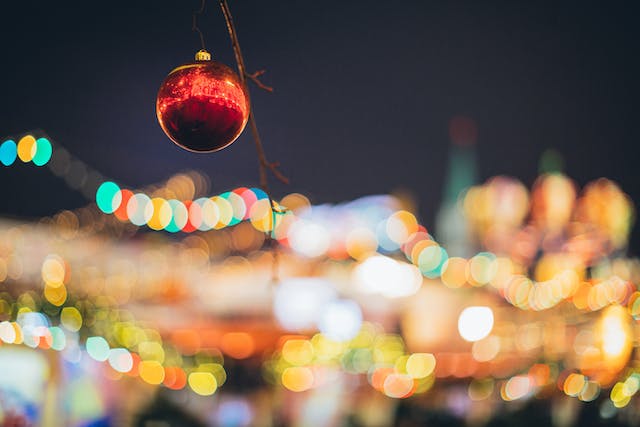Christmas Eve is a special time of year for people all over the world. This is the time when families and friends come together to share in the holiday spirit while enjoying festive traditions and customs. The origins of Christmas Eve date back centuries, and traditions and customs have evolved over time, but the essence remains the same- sharing joy, love, and peace.
The Spirit of Christmas Eve: Religious and Secular Traditions
One tradition that is observed worldwide is the lighting of candles. Lighting candles symbolizes hope, prayer, and even the birth of Christ. In Finland, people light up candles on Christmas Eve and place them on windowsills to welcome family members and loved ones. In Venezuela, people attend a church service called “Misa de Aguinaldo,” where families light fireworks and lanterns to brighten up the night sky. Candles are also used in Germany in the form of the Advent wreath, which is lit on each of the four Sundays leading up to Christmas Eve.
Another popular custom that is practiced worldwide is the exchange of gifts. This custom has its roots in the biblical story of the three wise men who brought gifts of gold, frankincense, and myrrh to baby Jesus. In Spain and other Hispanic cultures, children receive gifts from “Los Tres Reyes Magos” (the three wise men) on the night of January 5th, while in Italy, children receive gifts from “La Befana” on the eve of January 6th.
The Spirit of Christmas Eve: A Global Celebration

In Denmark, the tradition of “Julefrokost” is a Christmas Eve feast that often includes traditional Christmas dishes like roasted pork, pickled herring, and red cabbage. In Greece and other Eastern European countries, Christmas Eve meals usually consist of a variety of fish dishes, with a special dish called bakaliaros (dried salted cod) being the most popular.
In the Philippines, it is customary to attend a midnight mass called “Simbang Gabi” on each of the nine days leading up to Christmas Eve. The mass is followed by a feast where traditional dishes like bibingka and puto bumbong are served.
In some countries, such as Mexico, Spain, and Peru, it is a custom to have a nativity scene, or “nacimiento,” in homes and churches. These scenes usually depict the birth of Jesus, and it is often a family tradition to set up the nativity together. In many cases, the nativity is not complete until Christmas Eve when baby Jesus is placed in his manger.
In Poland, Christmas Eve is a time of fasting and prayer. The main meal of the day, called “Wigilia,” is served after the first star appears in the sky. The meal consists of traditional dishes like beetroot soup, carp, and pierogi, and is often preceded by sharing of the oplatek, a thin wafer made of flour and water, which is blessed by a priest.
In conclusion, Christmas Eve is one of the most cherished and awaited times of the year worldwide. Different cultures, customs, and traditions add rich diversity to this festive season. Whether it’s lighting candles to signify hope, exchanging gifts with loved ones, sharing a feast, attending church services, or setting up nativity scenes, there is a common thread of love, peace, and joy binding everyone together. Despite the differences in traditions, the spirit of Christmas Eve unites people worldwide, and it is the essence of this holiday that makes it so special for everyone.



